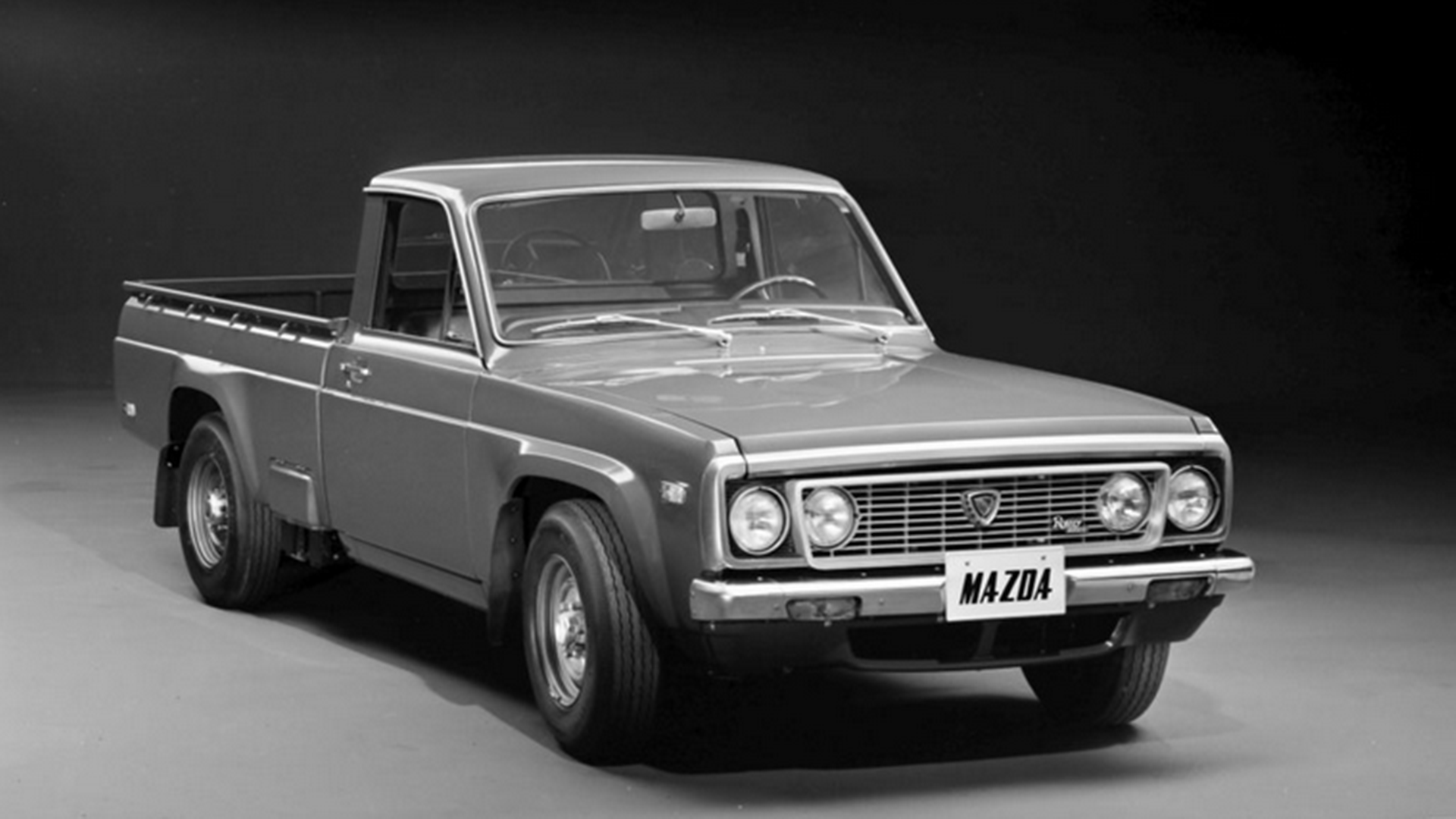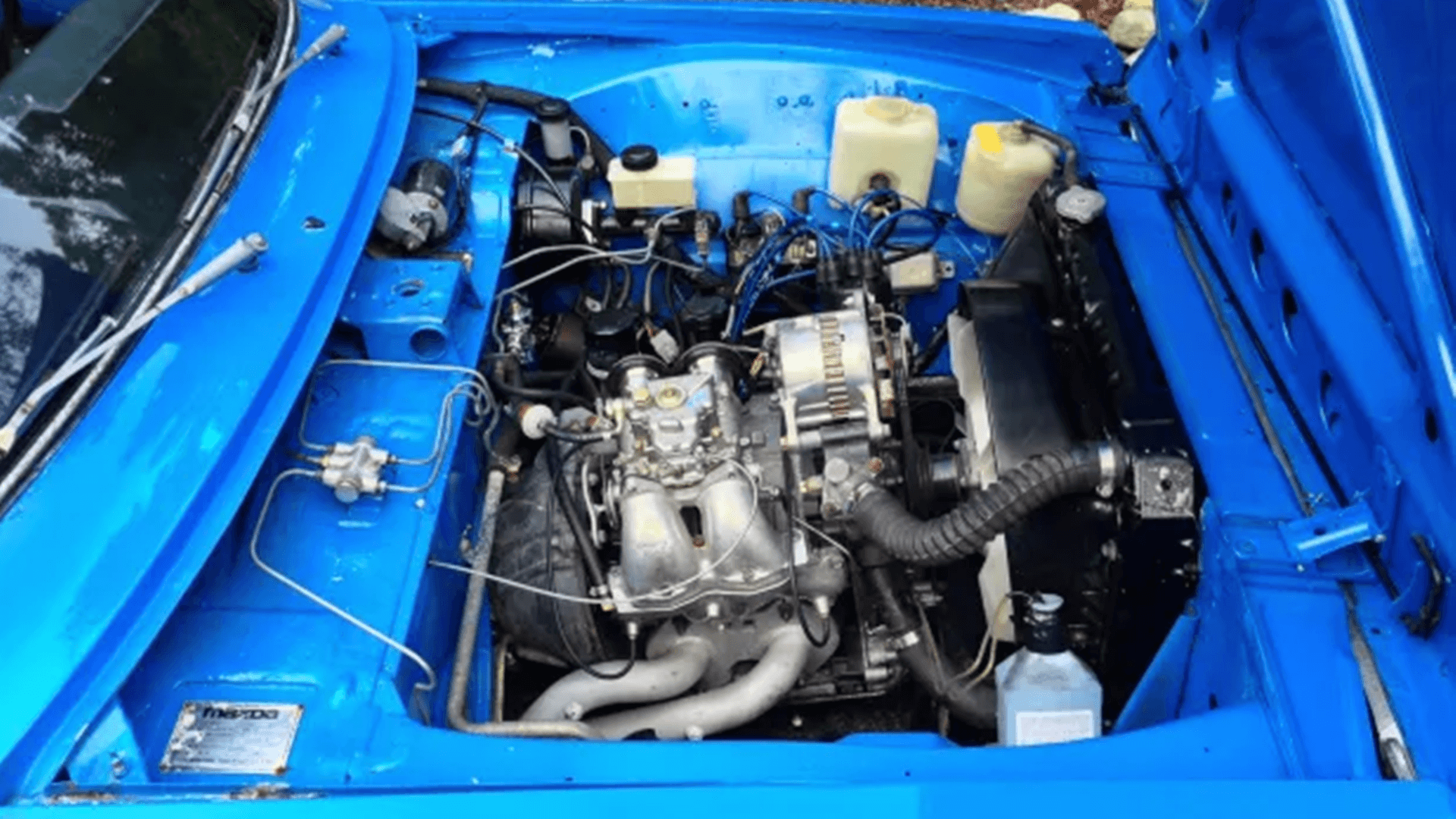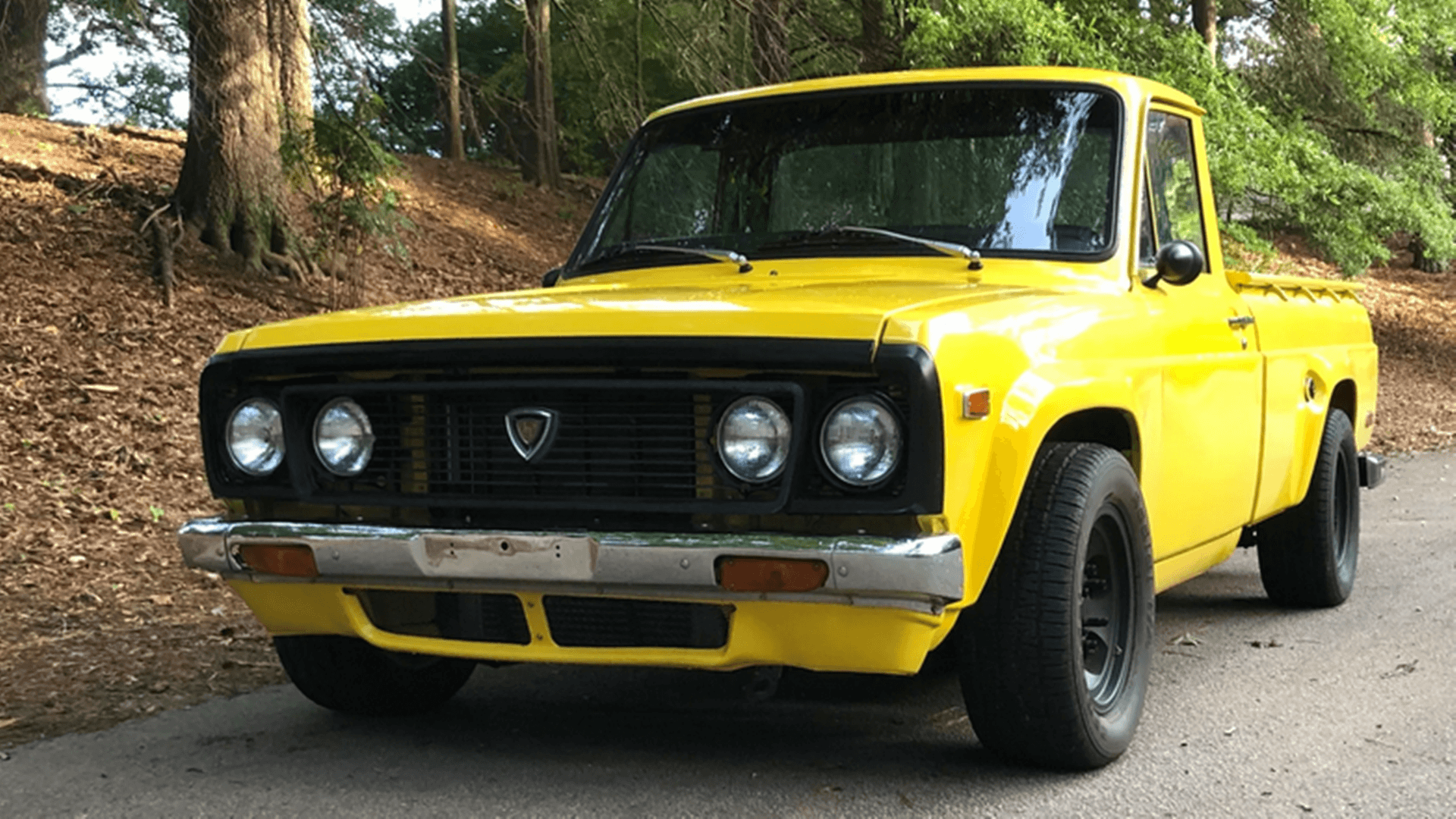Summary
- The Mazda REPU was a unique pickup truck powered by a Rotary engine, making it the first and only Rotary-powered pickup on the market to date.
- Despite the Rotary engine's lack of torque, Mazda aimed to create a sporty truck with the REPU, featuring sporty design changes and sporty interior touches.
- The REPU was only sold in North America, where it sold fairly well in its first year but saw declining sales due to the energy crisis. It was ultimately discontinued after four years of production.
When you think of the Rotary engine, only one brand comes to mind and that is Mazda. There were other cars powered by the Rotary engine but it is synonymous with Mazda. They showed the world what the Rotary engine could do but there were too many disadvantages to such an engine. Many people know about the sports cars this engine powered but almost no one knows that it once powered a pickup truck.
Mazda stuck a Rotary engine under the hood of one of its pickup trucks in the 70s. This is quite unusual as most pickups are work trucks that use a diesel engine while smaller trucks can get away with a gas engine. Rotary engines are known to be smooth but lack torque which is essential for any truck. Mazda ignored the rule book and gave the world the first and only Rotary-powered pickup, the REPU.
The REPU Was Based On The B1500
The REPU was based on the second generation Mazda B1500 pickup truck which was a family of Mazda B-series trucks. It was made from 1965-1977, but the REPU was introduced in 1974 and had a few visual changes from the original truck. It had a new grille design, flared arches, lowered a bit, round taillights, and was slightly shorter. It was clear Mazda’s intention for this was to be a sporty truck since these changes were made.
The interior even had some sporty touches to emphasize its intent. It had the option of individual seats which could only seat two people, most small trucks like this had benched seats to seat three people. While the Mazda REPU could take on simple truck tasks, it was built to be a work truck but a fun truck which was one of the firsts of its kind. Mazda knew this and still made its B1500/1600/1800 trucks to serve as the dedicated work trucks. Ford had its version of the B-series truck known as the Ford Courier.
It Was Powered By A Rotary Engine
REPU stands for Rotary Engine Pickup and that was exactly the engine that powered this truck. The regular trucks had four-cylinder engines which ranged from 1.6-1.8 liters with the most powerful engine making 98 horsepower. But the REPU made more power thanks to its unique engine. This was the same basic engine used in the sports cars but those were upgraded for more performance and forced induction. It did power a few of Mazda’s vehicles at the time which were:
- Mazda RX-4/Luce/929
- Mazda Roadpacer
- Mazda Parkway (Minibus)
Engine Specifications
Engine | 13B single-rotor |
|---|---|
Displacement | 1.3 liters |
Power | 110 horsepower |
Torque | 117 pound-feet |
Transmission | Four/Five-speed manual |
Drivetrain | Rear-wheel drive |
For this pickup, it made 110 horsepower and 117 pound-feet of torque which is quite a healthy torque figure for a rotary. It had the option of a three-speed automatic or a four-speed manual transmission but was upgraded to a five-speed manual in 1976. It sends power to the rear wheel only just like the regular B-series trucks.
The REPU also participated in the 1976 SCCA Mojave 24-hour rally where it finished in fourth place driven by Malcolm Smith and Jack Sreenam. It was great on the rally stage and delivered smooth power on the road. But it had poor gas mileage for a truck at 19 MPG max, it also wasn’t emissions friendly as all Rotary engines burnt a lot of oil, especially in these early engines.
The REPU Was Only Sold In North America
This pickup was made solely for the North American which is a bit surprising as the Japanese love to keep the sweet stuff for themselves. But the B-series truck sold well in America mainly badged as the Ford Courier which was a financial relief for Mazda.
Ford had partial ownership of Mazda at the time so it was easier to sell a smaller rebadged truck. This was also during the oil crisis so it was a smart move. Mazda decided to offer a rotary-powered truck which sold fairly well in its first year for such a niche truck at the time.
The REPU Was Only Produced For One Generation
The REPU was sold for four years from 1974-77 with over 15,000 sold with more than 14,000 of those sales in its first year. But the energy crisis at the time slowed production a bit, so some of those cars were sold as 1975 models. Sales crashed with only 630+ cars sold in 1976 which caused Mazda to upgrade the transmission, a few of the car's electrical systems, and stretched the cabin by 3 inches.
1977 was the last year of the second-gen B-series trucks and the last year of the REPU. It had a new five-speed manual and minor updates but less than 1,200 were sold and it was discontinued. But the B-series trucks would continue till its fifth generation which ended production in 2006 for the American market. The B-series trucks are still available in other markets using the Ford Ranger platform.
The REPU (Rotary Engine Pickup) is a unique vehicle in a space of unique vehicles. It was the first and only Rotary-powered pickup truck and was only sold new in the American market. This means if any part of the world wanted this Japanese truck, they had to import it from the U.S. These trucks have been getting some attention lately as JDM and rotary-powered cars have become popular.
There aren’t many clean original examples out there since they were used as trucks but decent ones have sold for over $20,000. This means as people become aware of this unique truck, the prices may go up significantly. Most of them were sold on the west and east coast since many of the dealers were located in that region. These areas are where you would find these trucks for sale and the group of enthusiasts who love and adore them.




